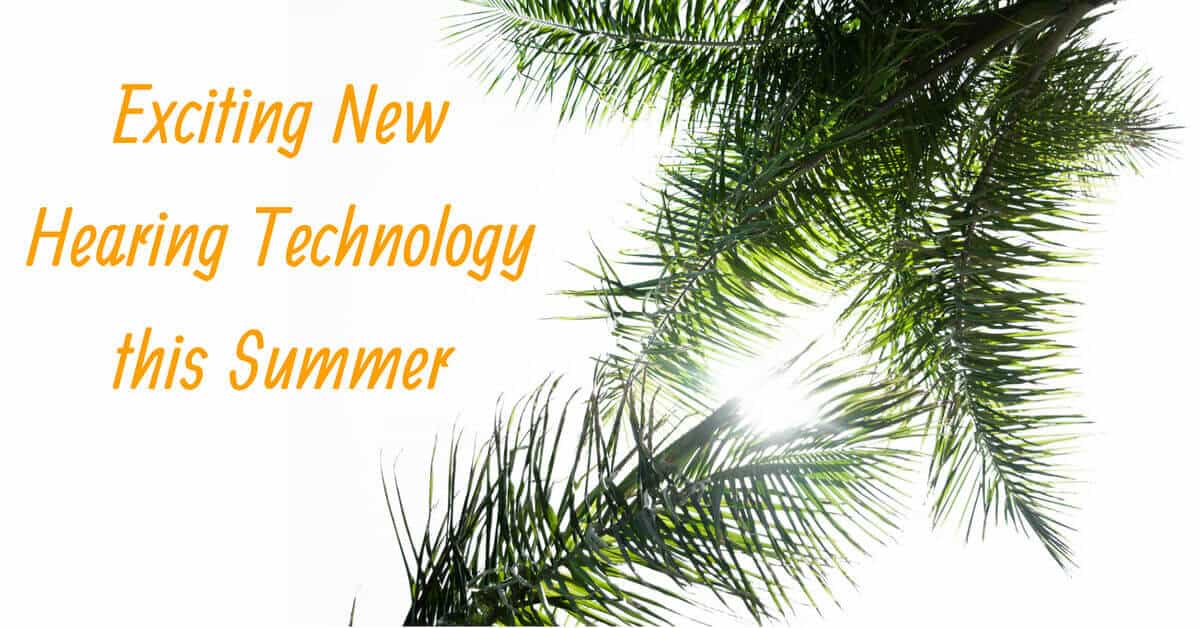The first electric hearing aid, called the Aukouphone, was developed in 1898. It was created by Miller Reese Hutchison and its great innovation was that it used a carbon transmitter to amplify sound for people who were hard of hearing. This was vastly different technology than what people had been using up to that point: ear horns, which were large cones that captured sound and literally funneled it directly into the user’s ear.
But the Aukouphone was different. Fantastic new developments in telephone and microphone technologies allowed Hutchison to both capture and manipulate sounds. With the Aukouphone, sounds could be amplified or diminished and the frequency could be adjusted. Building upon this, new developments in and theorizations of electromagnetics helped scientists of the era to understand how sounds could be distorted. This researched paved the way for personal hearing aids to be commercially distributed in the early 1900s. Siemens, a company that still develops hearing aids, was one of the first companies to manufacture an electronic hearing aid, which happened in 1913.
The Rapid Growth of Hearing Aid Technology
Hearing aid technologies exploded after that, helped in part by rapid new developments in the world of computers, and in microprocessors, in particular. Throughout the mid-1900s, hearing aids got smaller and more powerful, and they started to incorporate digital technologies. While there were early, digital hearing aids, they were large and stationary—people could not use them in their every day, they were largely used just for scientific research. Things changed in 1989 when we saw the introduction of the first portable, behind-the-ear (BTE) hearing aid. Not long after, in 1996, there came an all-digital hearing aid. This is just to say that hearing aid technologies have changed a lot in a relatively short amount of time. In this day and age where virtually all of us carry small, powerful mini-computers in our pockets (our smartphones), it is only logical that hearing aids are themselves becoming faster, smaller, and more powerful.
The Latest in Hearing Aid Technology
We have in fact seen a burst of new hearing aid technologies in 2018 alone. Signia is a company that has generated some of the most exciting hearing aids over the years. This year is no exception. They have developed “Own Voice Processing” technology, which is otherwise known as OVP. OVP uses a computer processor to process the hearing aid user’s own voice. This allows the hearing aids to distinguish the hearing aid user’s voice from other sounds it is processing, which drastically increases the acceptance of the user’s voice. This means that people who use Signia hearing aids with OVP technology will experience virtually no auditory occlusion, a problem that oftentimes happens because hearing aids are unable to distinguish the user’s voice from other sounds it is working with.
Widex’s Evoke hearing aid is significant because it is capable of machine learning: the more a person uses the hearing aid, the hearing aid device will learn and adapt to the user’s preferences. This means the Evoke will both remember the user’s listening preferences and apply them when encountering similar environments. It will also more rapidly analyze any given soundscape and will prioritize certain sounds more accurately.
The Starkey company is notable for announcing a hearing aid that will be able to detect if the hearing aid user has fallen down. The device will then report the information to the relevant parties that have been programmed in. The onboard internal sensors used to track falls might also be able track other activities, such as tracking users’ fitness and sleep patterns.
No matter the brand or model, many hearing aids are developing stronger battery power, rechargeable batteries, and more opportunities to connect WiFi and Bluetooth. There are also many devices that connect with other peripherals—that are able to transmit sound directly from cell phones, televisions, and other devices. To say nothing about the new advances in smaller, slimmer, sleeker, and more fashionable hearing aids that come in a variety of colors.
Visit Us at Lifestyle Hearing Solutions
If you are a hearing aid user, or if you are investigating hearing aids for a loved one, 2018 appears to be the perfect time to explore all of your options. There are so many new developments in hearing aid technology, meaning that you are sure to find the perfect hearing aid to suit your needs. Contact our team at Lifestyle Hearing Solutions to learn more.

